Math journals are helpful in teaching because they allow you to see thought processes and methods for solving math problems. They are helpful for students because writing helps cement the strategies and steps for solving math problems in their minds. These tips and tricks for starting a math journal will be just the thing you need to get math journaling going successfully in your classroom or homeschool.
Tips and Tricks for Starting a Math Journal
Journaling is a popular method for teaching, learning, reviewing and retaining skills in Math. Try these ideas for starting a math journal, and see your children’s skills grow with each day of use!
Try our 36-Week Interactive Math Notebook Today!
- Materials needed: A simple notebook will do, whether it’s a spiral notebook, a three-ring binder, or a three-pronged file folder. It doesn’t really matter what style of notebook or folder you use for storing the journaling – what matters is what goes inside! Colorful pens or pencils, specially printed papers or printable worksheets/handouts are helpful too! The beauty of a math journal is that it can be flexible to suit your student’s individual needs and likes.
- Set Expectations: Let the child know what is expected during journal time. Are they going to be writing the steps they’ve just learned for solving a problem? Will they be solving an example question? Will they be investigating or attempting to use prior knowledge to solve a new problem, or will they be practicing a new skill? Will they simply be writing a reflection of the math lesson they’ve just completed? How much should they write – would one sentence do, or do you expect lengthier responses? Let them know what they should write by setting them up with instructions needed. Give them a set amount of time to write, being sure to allow time suited for the task.
- Model: Show your student what he/she is supposed to do with a Math journal. It may seem odd to ask them to write about Math if they’ve never done it before! How does one write about a math equation or a geometric solid? Show them that it’s ok to write in words, numbers, number sentences, and yes, drawing pictures counts too! Then, show how you go back to your journal to help you answer future math questions as well, using it as a useful reference tool.
- Check up: Don’t just expect the student to complete their journaling consistently and done well. If you don’t check up on them, they will likely forget all about this beneficial task, neglecting it. Periodically look at their journal and discuss what they’ve written, asking questions and seeking details. Talking about their journalling will also help them remember what they’ve learned, and show them that what they’ve written is important and useful. you don’t always have to give a grade for journaling, but it’s important to check up on it periodically.
- Prompts: You’ll need to provide prompts for the child most of the time. Some children are natural lovers of learning, and enjoy reflecting on their lessons and new skills. But many students won’t know where to start. Providing a prompt for them will help them get their thoughts onto the paper.
If any of these tips and tricks for starting a Math journal sounds great to you, then you’re on your way to creating an optimal learning environment for your Math students. Journaling is a wonderful way to ensure that the skills and methods taught during Math lessons stick!
Looking for a Low-Prep, Print and Go Math Curriculum?
Check out our Comprehensive Kindergarten Math Curriculum!
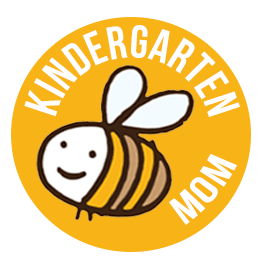

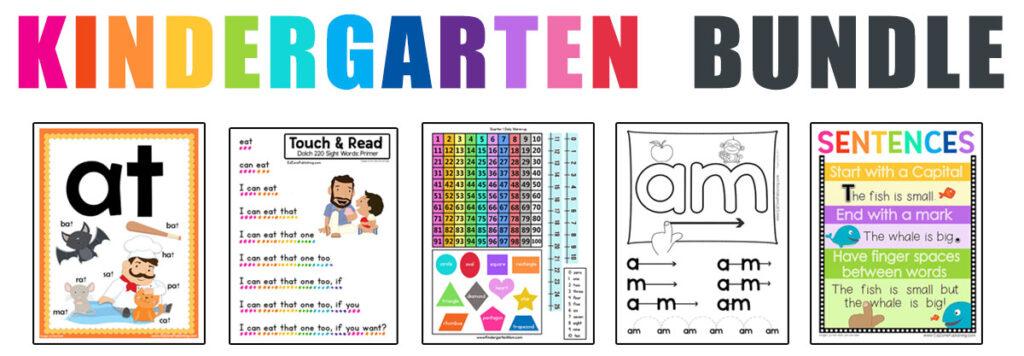
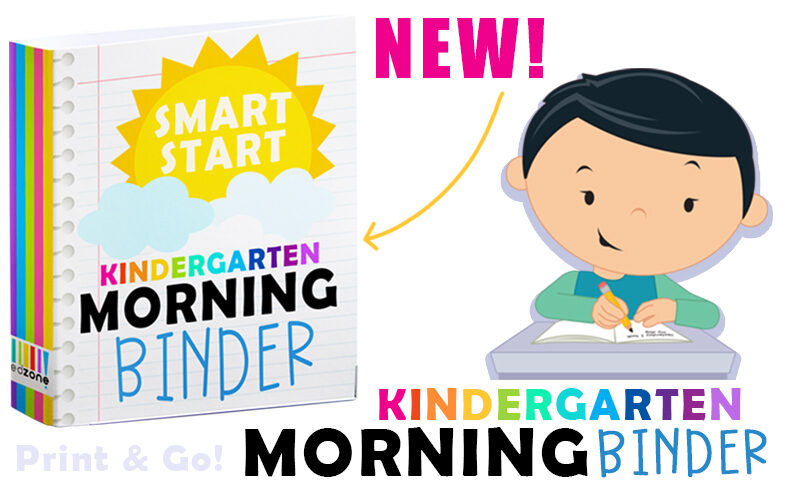
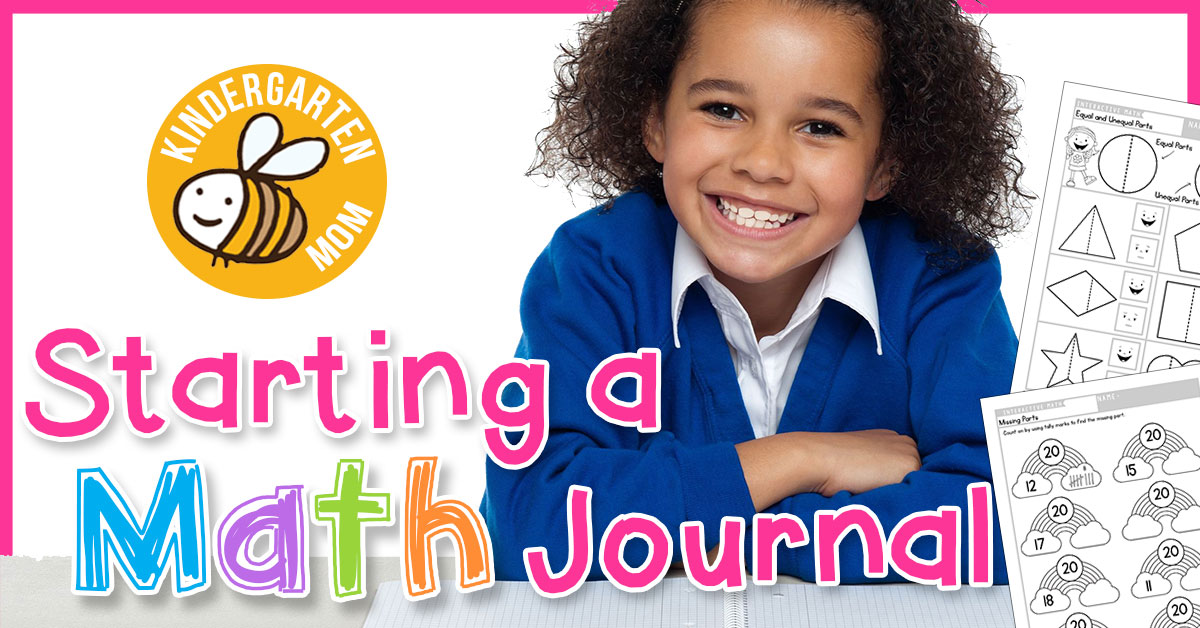

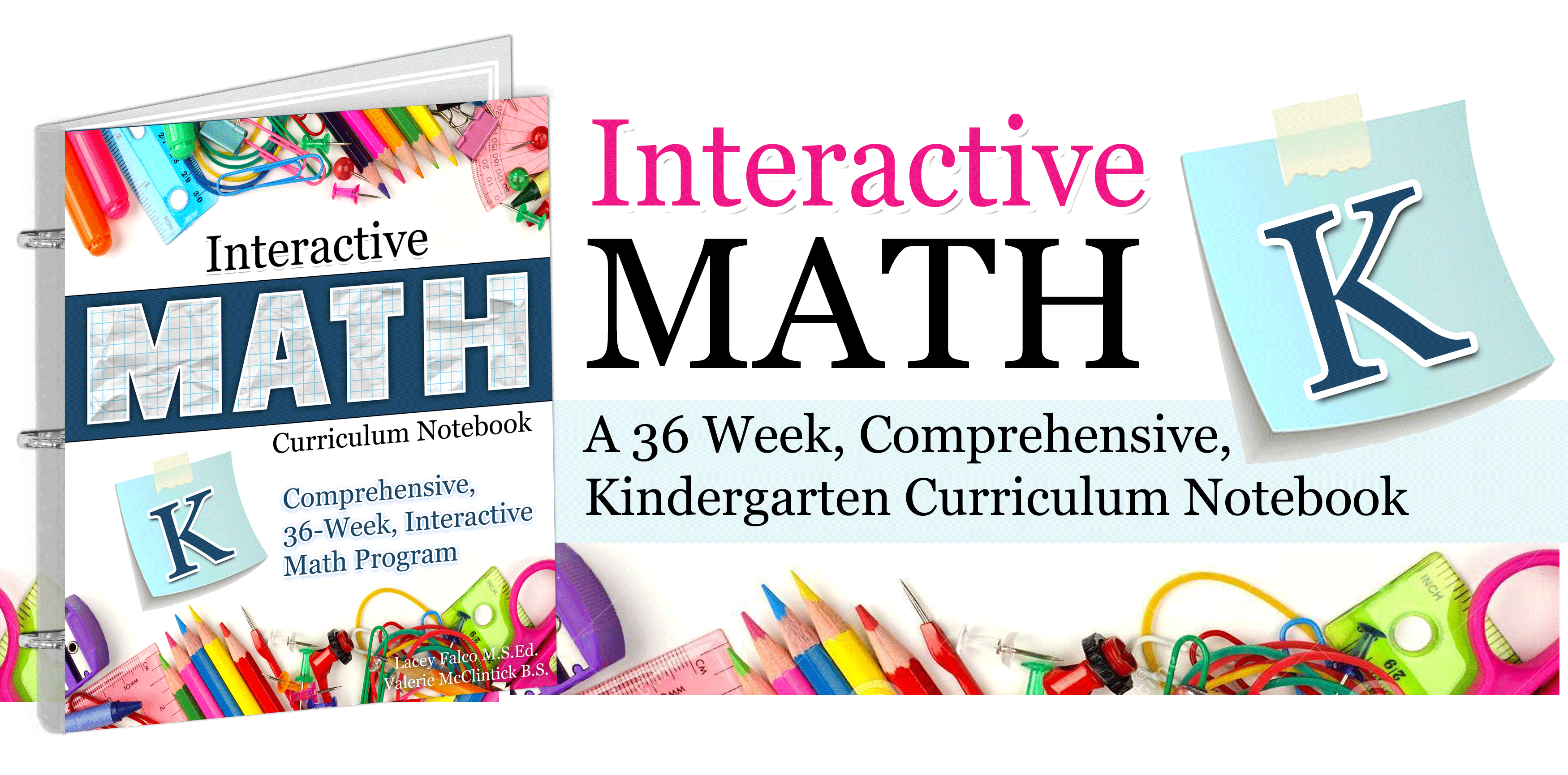
Leave a Reply